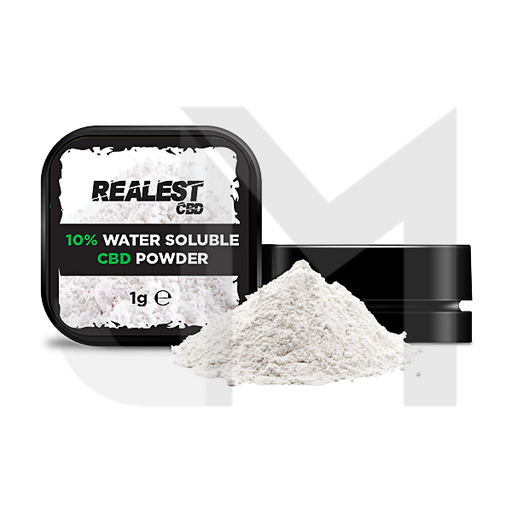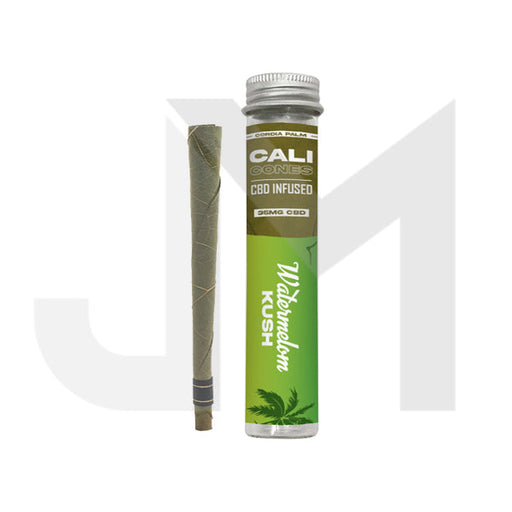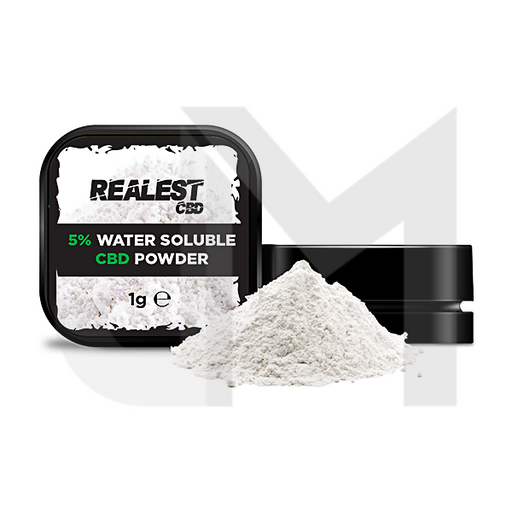Water-soluble CBD production is an intricate process that relies on cutting-edge technology and sophisticated scientific methodologies. Its creation hinges on transforming the naturally hydrophobic CBD – a compound that repels water – into a water-friendly format.
The most commonly used technique for making water-soluble CBD is nanoemulsion. This process employs ultrasonic waves to generate extremely high pressure, which breaks down CBD extract into minuscule particles, typically less than 100 nanometers in size. These ultra-small CBD particles are small enough to stay suspended in water without grouping together or floating to the surface.
The problem with these tiny particles, however, is their tendency to regroup or agglomerate. To prevent this, the nanoparticles are cloaked with surfactants – compounds with both water-attracting (hydrophilic) and water-repelling (hydrophobic) properties. Surfactants envelop the CBD nanoparticles, stabilizing them against re-agglomeration. This results in a nanoemulsion – a blend that disperses evenly in water, enhancing CBD's absorption by the body.
In essence, the production of water-soluble CBD is a complex, precise process that marries scientific knowledge with specialized expertise. The resultant product is a more potent, efficient form of CBD, offering promising benefits and high appeal to both manufacturers and consumers.
View more




































